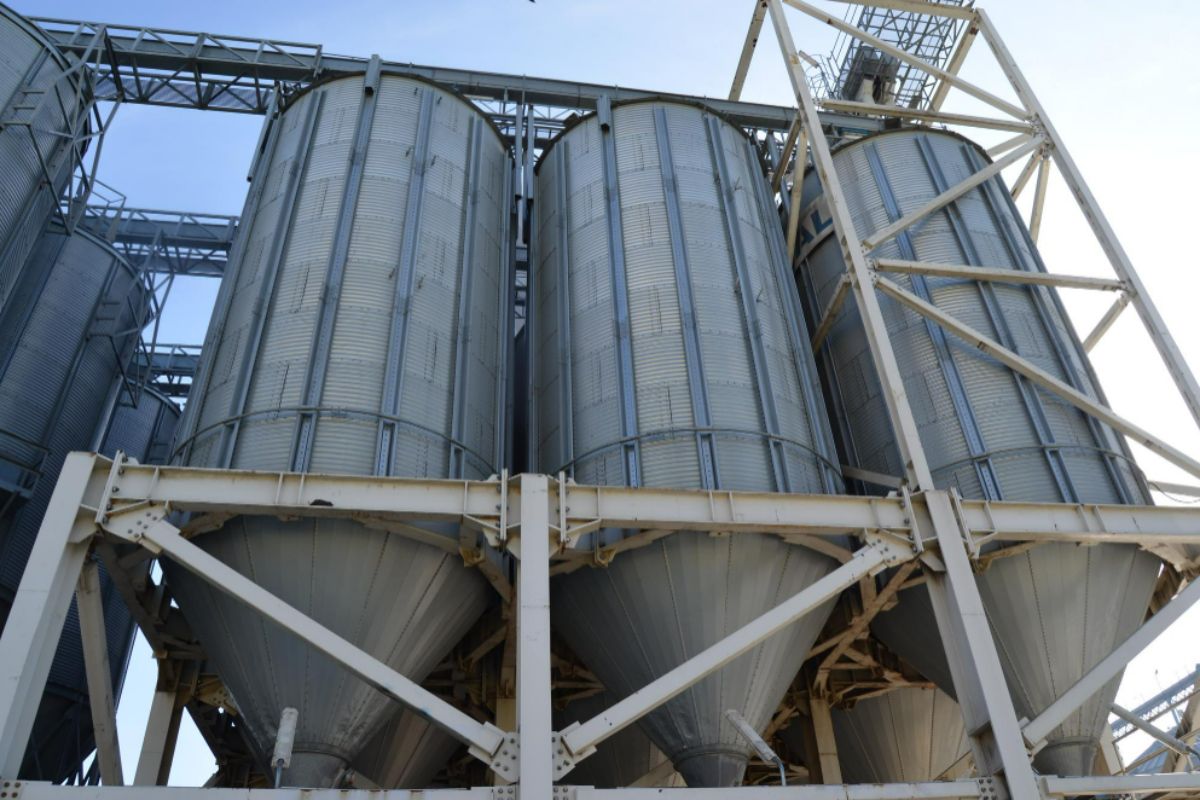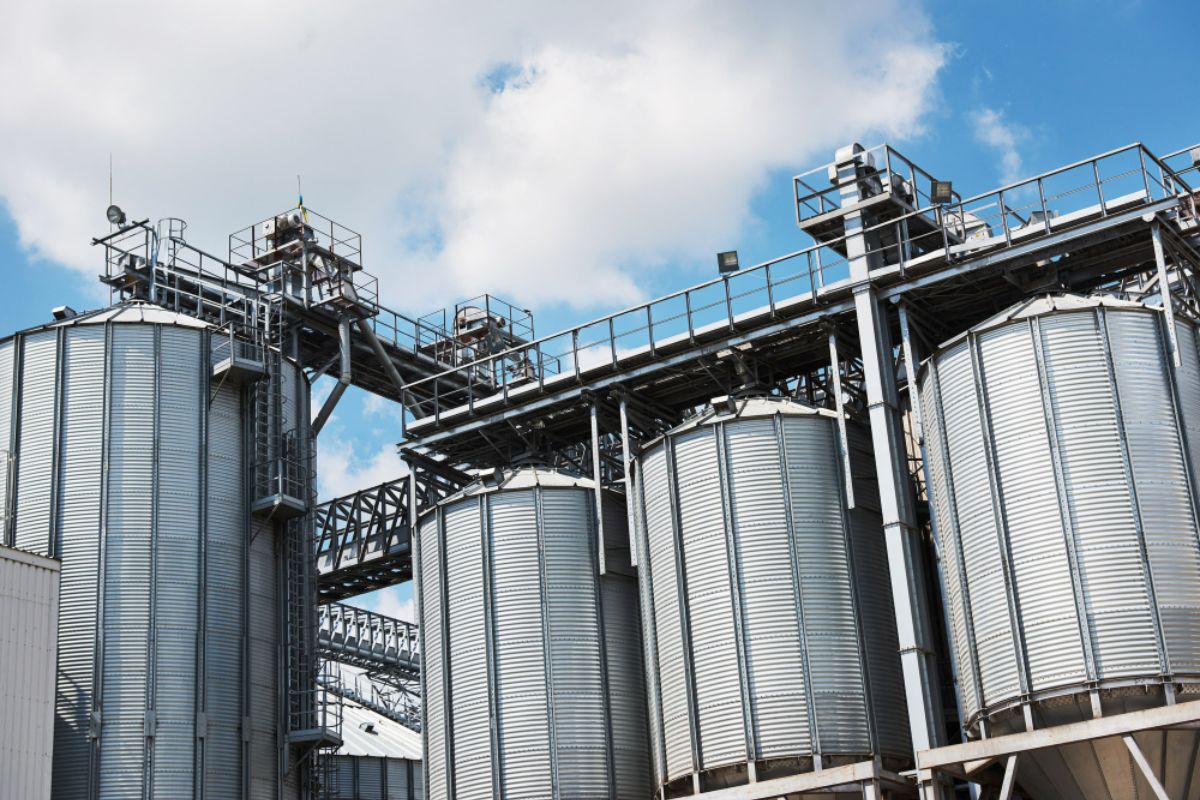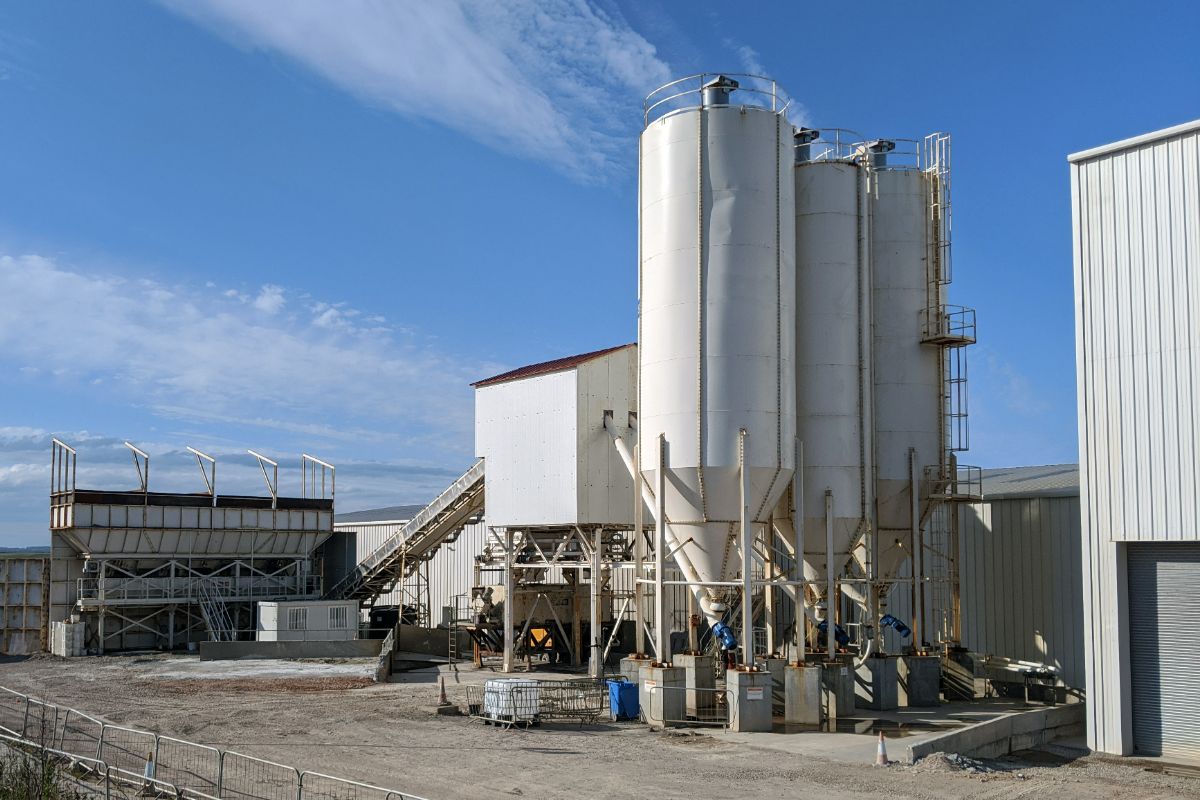

Overview
- This article explores the evolution of concrete batching plants from manual operations to advanced automated systems, highlighting innovations that enhance accuracy, efficiency, and safety.
- It also covers the integration of IoT for real-time monitoring, eco-friendly practices, and mobile batching solutions, illustrating how these advancements ensure consistent high-quality concrete production and support sustainable construction practices in the Philippines.
Concretes are traditionally mixed on-site and rely heavily on manual labor, which could lead to inconsistent variations of the final product. A batching plant, engineered to manufacture concrete, addresses this problem by providing a controlled environment for production.
Over the years, the batching plant’s processes have continued to innovate, guaranteeing consistent high-quality concrete. This reduces the risk of structural failures, ensuring projects meet the required standards.
Let’s take a closer look at some of the batching plant innovations in the Philippines. Read on to learn more.

Operating a batching plant involved manual control of ingredient feeders and monitoring. Despite the accuracy it gives, inconsistencies in ingredients can still lead to human errors. These result from misjudgment in measuring the exact quantities, delays in manual adjustments, or oversight in monitoring the process, which can affect the uniformity and quality of the final product.
Automated systems, however, rely on programable logic controllers or PLC and computer software to precisely manage the entire process. Here’s how this automation changed the processes for the better:
It eliminates the possibility of human error in measurements, leading to stricter adherence to mixed designs and unmatched consistency in concrete quality.
Automated systems operate with greater speed and efficiency, allowing for faster batching cycles and higher production outputs.
They reduce the risk of accidents associated with operating heavy machinery by minimizing human intervention.
Automation enables real-time monitoring and control of the batching process. This allows for adjustments and troubleshooting from a central location.
The reliance on manual labor is significantly reduced, leading to lower operational costs for concrete production companies.
Batching plants have advanced significantly with the integration of the Internet of Things (IoT). A network of sensors embedded throughout the plant tracks everything—from ingredient levels in silos to equipment health and weather conditions.
Authorized personnel can even remotely control and adjust the batching process based on this real-time information. For instance, if weather data shows a sudden temperature change, the system could adjust the water content in the mix to ensure optimal concrete setting.
This helps streamline production for maximized efficiency, ensures consistent concrete quality, enhances safety through proactive maintenance, and reduces overall operational costs.
These plants are prioritizing sustainability by implementing innovations like utilizing solar or wind power instead of fossil fuels to reduce their environmental impact.
Advanced water management systems are being implemented to recycle and treat wastewater to minimize water waste. Additionally, some plants are utilizing recycled materials in the concrete mix itself, reducing the need for virgin resources.
By adopting these sustainable practices, batching plants are not only meeting the demands of a growing construction industry but also paving the way for a greener future in concrete production.

Batching systems are designed to be more innovative, enabling them to handle significantly higher concrete production capacity. This shift has been driven by various advancements, such as:
Conveyor belts are equipped with adjustable speeds to maintain a smooth flow of materials such as gravel and crushed rock, preventing blockages and interruptions. This feature enables accurate control of ingredient proportions and reduces waste of materials.
Gone are the days of dusty cement bags. Modern batching plants utilize enclosed silo systems with automated dispensing mechanisms. This reduces dust emissions and streamlines the cement handling process for improved efficiency.
Batching systems are integrated with real-time monitoring systems, allowing operators to closely track production data, identify bottlenecks, and make adjustments on the fly. This level of control ensures optimal performance and minimizes production hiccups.
Traditional batching plants, while effective, are often stationary and cumbersome. They are limited to producing concrete for projects in their immediate vicinity. Fortunately, the construction industry has witnessed a game-changer with the innovation of mobile batching plants.
Unlike their stationary counterparts, mobile plants are mounted on trailers or chassis, allowing them to be easily transported from one job site to another. This eliminates the need for setting up a permanent plant location, saving time and resources.
Furthermore, they are compact and require less space to operate. This makes them ideal for congested urban areas or projects with limited space. They can be quickly deployed to meet the specific needs of a project, ensuring a steady supply of fresh, high-quality concrete on-site.
The batching plant innovations in the Philippines transform the construction industry, enabling greater efficiency, sustainability, and responsiveness. As the country continues to invest in infrastructure development, these innovative solutions will play a crucial role in supporting the nation’s growth and development.
Discover the future of construction with Big Ben—the country’s most trusted ready mix concrete supplier. Don’t miss the opportunity to elevate your construction projects to new heights—contact us today to get started!